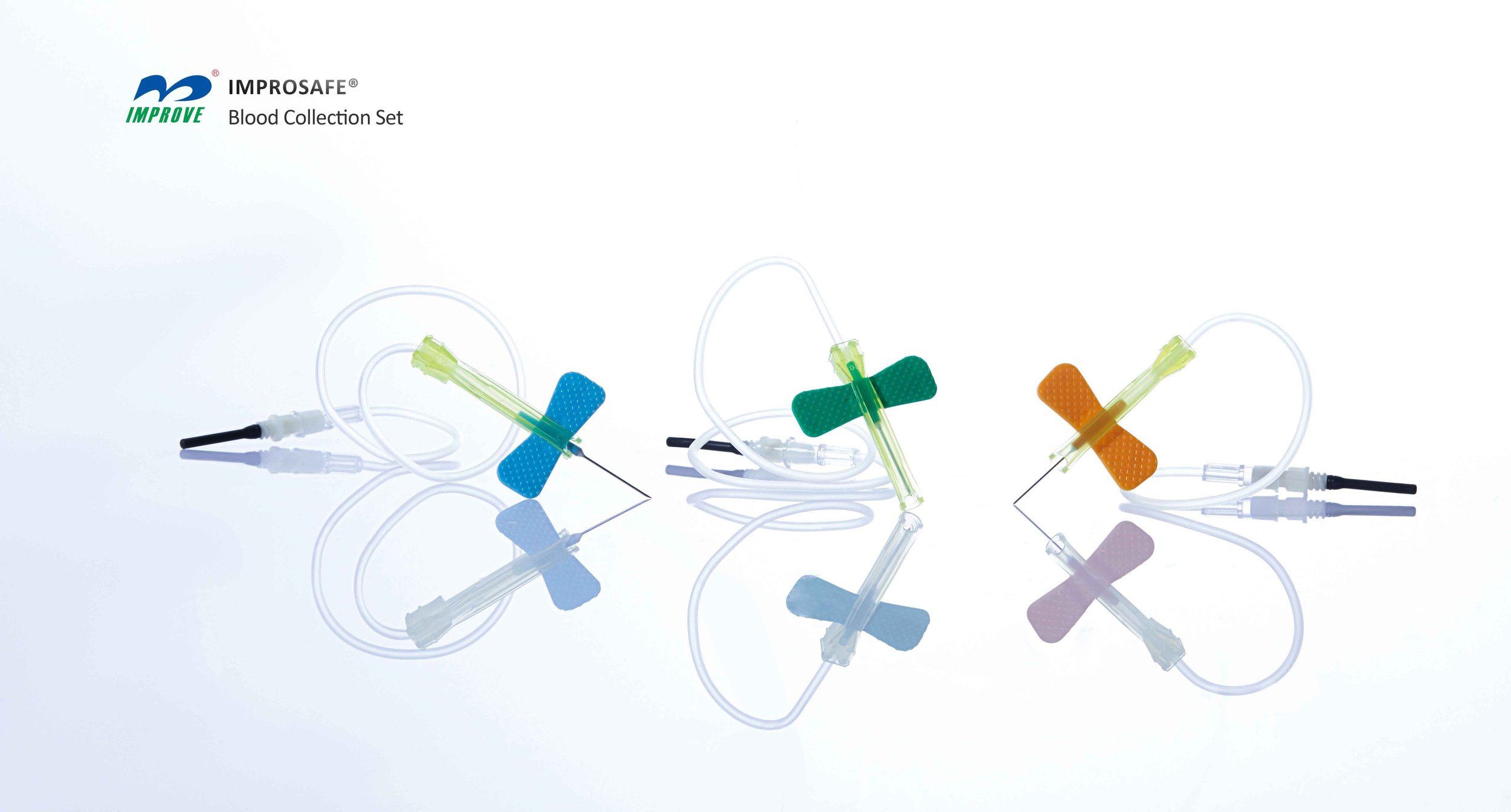Steps and Requirements to Become a Certified Phlebotomist in the United States
Summary
- Phlebotomy is a crucial aspect of the medical lab field in the United States.
- There are specific steps and requirements to become a certified phlebotomist in the country.
- Proper training, education, and certification are essential for a successful career in phlebotomy.
Introduction
Phlebotomy is a critical part of the healthcare system in the United States. Phlebotomists are responsible for drawing blood from patients for medical testing, transfusions, research, or donation purposes. Becoming a certified phlebotomist involves specific steps and requirements that must be met to ensure competence and professionalism in the field.
Education and Training
One of the first steps to becoming a certified phlebotomist in the United States is to complete a formal education and training program. These programs are typically offered by community colleges, vocational schools, or technical institutes and can range from a few weeks to a few months in duration. Some key components of a phlebotomy training program include:
- Classroom instruction on anatomy, physiology, and medical terminology
- Hands-on training in Venipuncture techniques
- Clinical experience in a healthcare setting
- Certification exam preparation
Certification Requirements
After completing a phlebotomy training program, individuals must meet specific certification requirements to become a certified phlebotomist. The two main certifying bodies for phlebotomists in the United States are the American Society for Clinical Pathology (ASCP) and the National Healthcareer Association (NHA). Some common certification requirements include:
- Completion of an accredited phlebotomy training program
- Proof of a specified number of venipunctures and skin punctures
- Passing a certification exam
- Maintaining certification through Continuing Education
Certification Exams
Once the education and Training Requirements are met, individuals must pass a certification exam to become a certified phlebotomist. The ASCP offers the Phlebotomy Technician (PBT) certification, while the NHA offers the Certified Phlebotomy Technician (CPT) certification. These exams typically cover topics such as:
- Phlebotomy techniques
- Medical terminology
- Anatomy and physiology
- Infection control
- Laboratory safety
Continuing Education
After becoming certified, phlebotomists must engage in Continuing Education to maintain their certification. This may include attending workshops, seminars, or conferences related to phlebotomy, as well as completing a specified number of Continuing Education credits. Staying current with industry trends and best practices is essential for providing quality care to patients and advancing in the field.
Job Outlook and Opportunities
Phlebotomy is a growing field in the United States, with demand for skilled phlebotomists expected to increase in the coming years. Certified phlebotomists have a variety of job opportunities available to them, including positions in hospitals, clinics, blood banks, research laboratories, and more. With the right education, training, and certification, phlebotomists can enjoy a rewarding career in the healthcare industry.
Conclusion
Becoming a certified phlebotomist in the United States requires dedication, education, and training. By following the proper steps and meeting the necessary requirements, individuals can pursue a successful career in phlebotomy and make a positive impact on the healthcare system. Certification ensures that phlebotomists have the knowledge and skills needed to perform their duties safely and effectively, ultimately benefiting patients and Healthcare Providers alike.

Disclaimer: The content provided on this blog is for informational purposes only, reflecting the personal opinions and insights of the author(s) on the topics. The information provided should not be used for diagnosing or treating a health problem or disease, and those seeking personal medical advice should consult with a licensed physician. Always seek the advice of your doctor or other qualified health provider regarding a medical condition. Never disregard professional medical advice or delay in seeking it because of something you have read on this website. If you think you may have a medical emergency, call 911 or go to the nearest emergency room immediately. No physician-patient relationship is created by this web site or its use. No contributors to this web site make any representations, express or implied, with respect to the information provided herein or to its use. While we strive to share accurate and up-to-date information, we cannot guarantee the completeness, reliability, or accuracy of the content. The blog may also include links to external websites and resources for the convenience of our readers. Please note that linking to other sites does not imply endorsement of their content, practices, or services by us. Readers should use their discretion and judgment while exploring any external links and resources mentioned on this blog.
